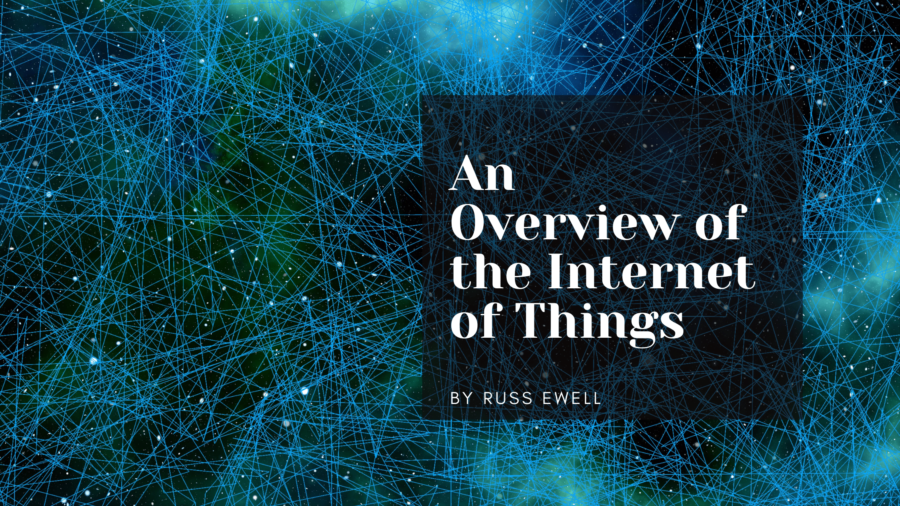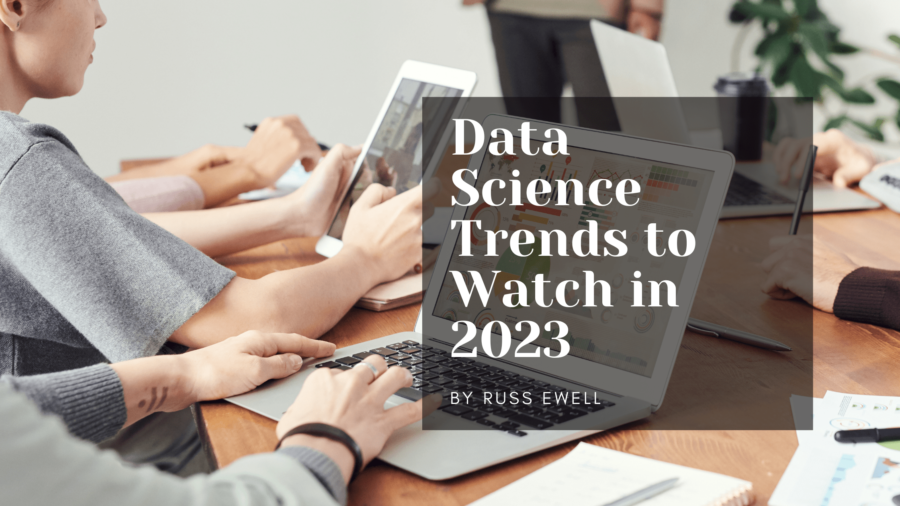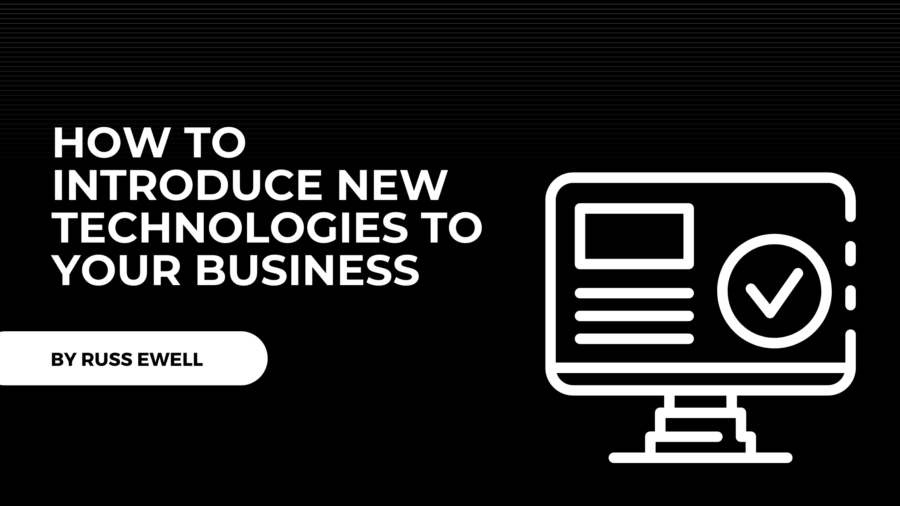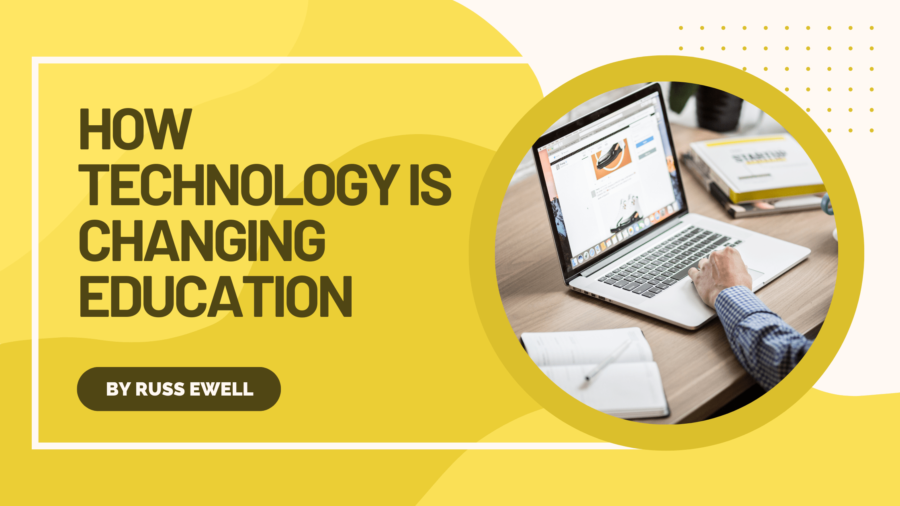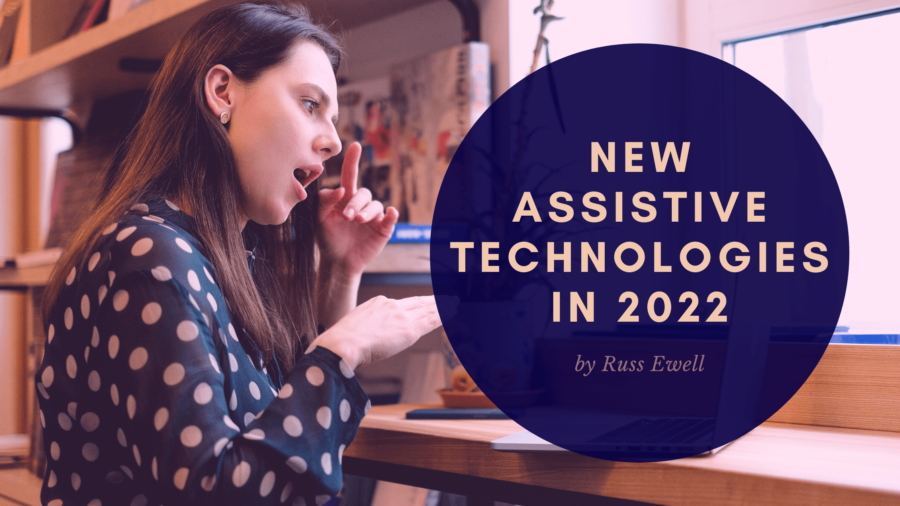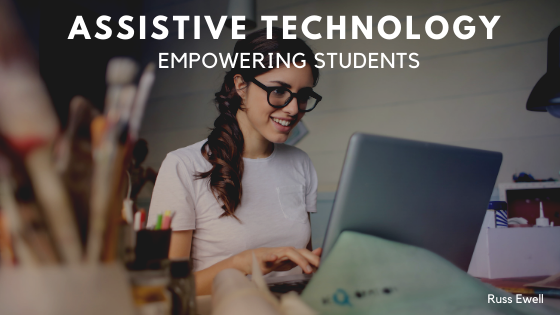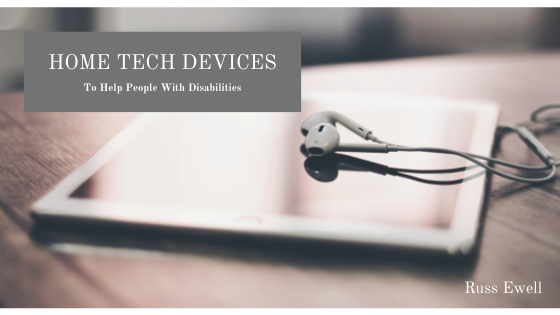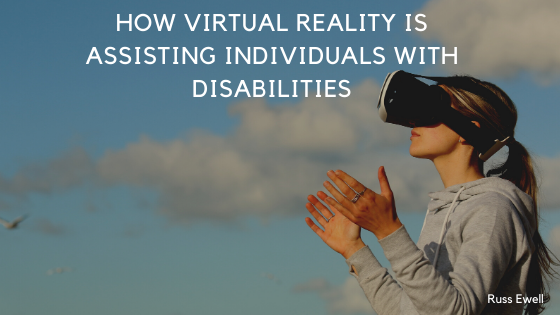The term Internet of Things refers to a network of physical objects embedded with software, sensors, and other technologies to connect and exchange data with other systems and devices over the internet. There are over 7 billion connected IoT devices, and experts predict that this number will grow to 22 billion by 2025.
The Tech That Created the IoT
Despite the concept’s long history, the IoT has been practical due to the various advancements in its development. Due to the availability of low-cost and reliable sensors, the IoT has become a practical technology for various companies.
The connectivity of the IoT has become a major factor that has made it practical. Through the various network protocols developed for the internet, it has become easier for sensors to connect to the cloud.
The availability of cloud computing platforms has made it easier for consumers and businesses to access the necessary infrastructure they need.
Advancements in analytics and machine learning have made it easier for businesses to collect and analyze data. With the ability to store and retrieve vast amounts of information in the cloud, companies can now get a deeper understanding of their operations. The IoT’s data also feeds these technologies.
Advancements in artificial intelligence have also made it easier for consumers to use their devices. Through the use of neural networks, which are capable of natural-language processing, various kinds of smart devices have become more affordable and appealing.
Industrial IoT
The use of the IoT in industrial settings is referred to as IIoT. It involves the control and instrumentation of devices and sensors that use cloud-based technologies. Recently, various industries have started using machine-to-machine communication, or M2M, to automate and control their operations.
Due to the emergence of new technologies such as machine learning and analytics, the IIoT has become a vital component of the industrial revolution. It can help companies create new business models and improve their operations.
How IoT is Used
Due to the ability of the IoT to collect and analyze data, it has become a major factor that has made it easier for companies to develop new applications.
Through the use of the IoT, machines can be continuously analyzed and monitored to ensure that they are performing properly. In real-time, products can also be inspected to identify and address any quality issues.
One of the most common features of a tracking system is its ability to quickly identify the location of an asset. Ring fencing can also help prevent the theft of high-value items.
Wearables that are made using the IoT allow people to monitor their health. They can also be used to monitor the health of their employees. This type of technology can be useful for companies as it allows them to keep track of their workers’ safety.
One of the most common applications of the IoT is in the connected logistics industry. Through the use of the IoT, companies can improve the efficiency of their operations by monitoring the status of their fleets.

